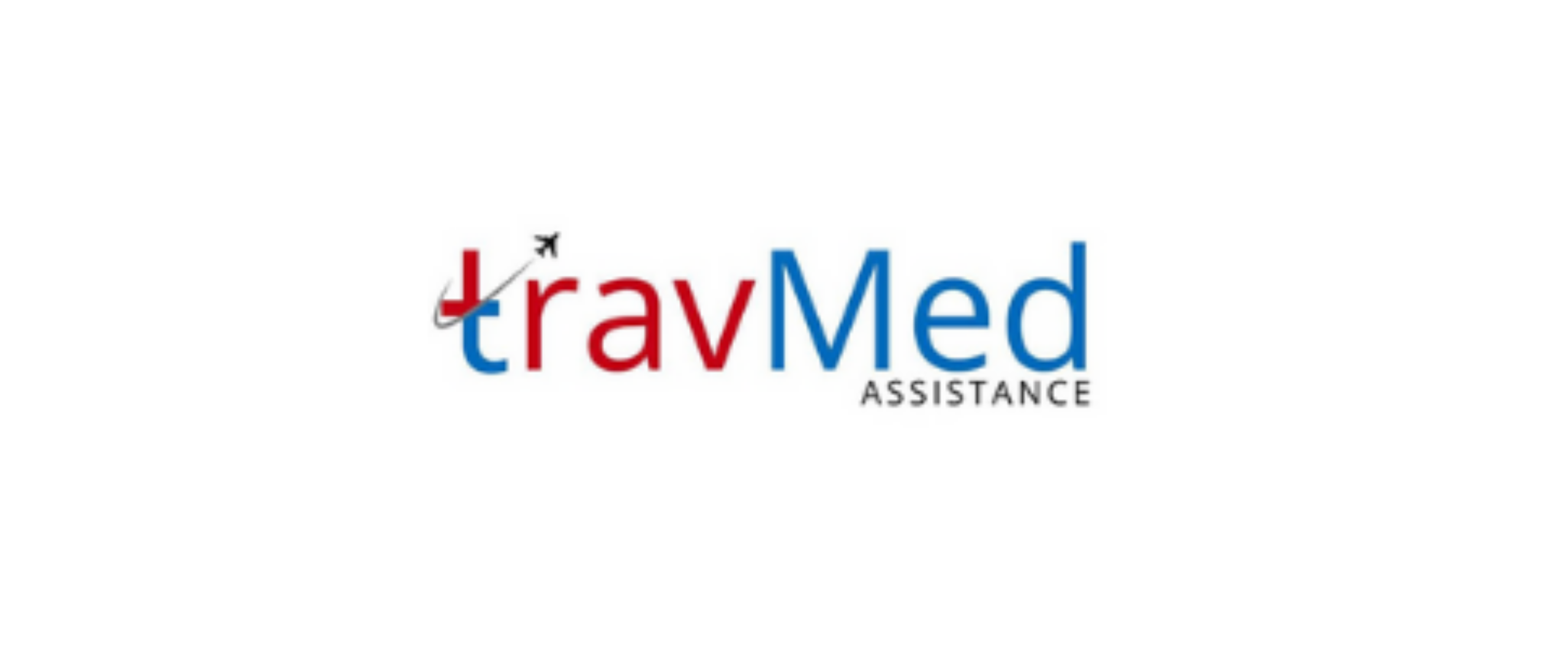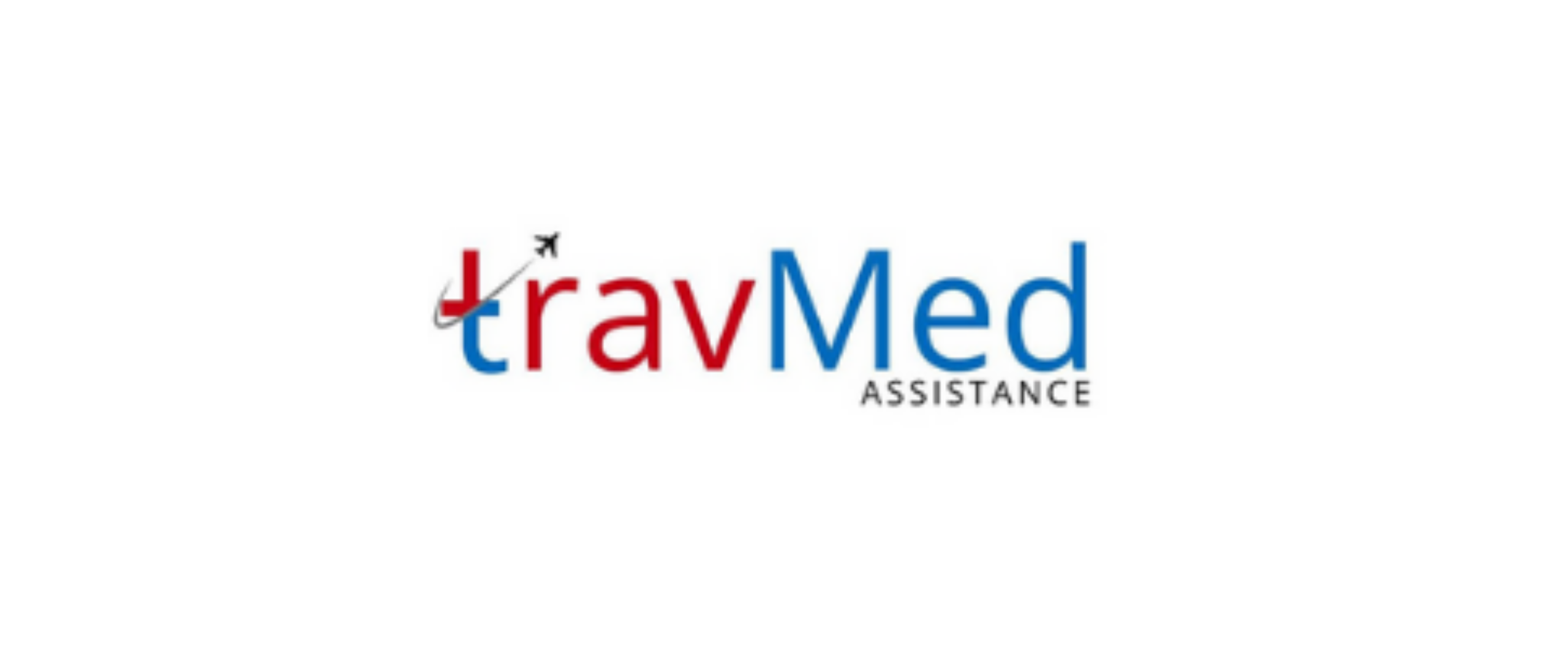
What are search and rescue services?
Search and rescue services in Nepal are specialized operations designed to locate, assist, and evacuate individuals who are in distress or imminent danger. These services are particularly crucial in Nepal’s diverse and challenging terrain, which includes mountainous regions, dense forests, and remote areas. Search and rescue teams in Nepal are trained to respond to various scenarios, including mountaineering accidents, trekking emergencies, natural disasters, and missing person cases. These services involve a coordinated effort between government agencies, local authorities, and specialized rescue organizations. The primary goal of search and rescue operations in Nepal is to locate the affected individuals, provide immediate medical assistance if required, and safely transport them to a secure location or medical facility.
Who needs transport assistance in Nepal?
Transport assistance in Nepal is required by a diverse range of individuals and groups. Tourists and trekkers often need transport services, especially in remote areas or during emergencies. Injured or ill individuals in rural regions may require medical transport to hospitals in larger cities. Elderly or disabled persons might need specialized transport for medical appointments or travel. Disaster victims often require evacuation and relocation services. Mountaineers and adventure sports enthusiasts may need emergency transport from remote locations. Pilgrims visiting religious sites in hard-to-reach areas also frequently require transport assistance. Additionally, researchers, aid workers, and government officials working in remote parts of Nepal may need transport services to access these areas safely and efficiently.
How do rescue services work in Nepal?
Rescue services in Nepal operate through a coordinated system involving multiple organizations and agencies. When an emergency is reported, the nearest rescue team is alerted and dispatched to the location. In mountainous regions, helicopter rescue services play a crucial role, with companies like Simrik Air and Fishtail Air providing rapid response capabilities. The Nepal Army and Nepal Police also have dedicated rescue units that can be mobilized for large-scale operations. For trekking-related emergencies, organizations like the Trekking Agencies’ Association of Nepal (TAAN) coordinate rescue efforts. In urban areas, the Nepal Red Cross Society and local fire brigades often lead rescue operations. These services work in collaboration with local communities, who often provide valuable on-ground support and information. The effectiveness of rescue services in Nepal relies heavily on quick communication, efficient coordination, and the expertise of trained rescue personnel.
What is the process for search operations?
The process for search operations in Nepal typically follows a structured approach:
- Receive and verify the distress call or missing person report
- Gather essential information about the missing person or group
- Determine the last known location and potential search area
- Mobilize appropriate search teams and resources
- Conduct a preliminary search of the immediate area
- Expand the search area systematically
- Utilize specialized equipment like drones or thermal imaging cameras
- Coordinate with local authorities and communities for information
- Conduct aerial searches if necessary and feasible
- Continue the search operation until the person is found or other factors necessitate termination
Search operations in Nepal often involve challenging terrains and weather conditions, requiring specialized skills and equipment. The process may be adapted based on the specific circumstances of each case, such as the nature of the terrain, weather conditions, and available resources.
How is safety ensured during rescues?
Safety during rescue operations in Nepal is ensured through a combination of rigorous training, proper equipment, and strict protocols. Rescue teams undergo regular training in various rescue techniques, first aid, and survival skills. They are equipped with appropriate safety gear, including helmets, harnesses, and protective clothing. Before each operation, a thorough risk assessment is conducted to identify potential hazards. Communication systems are established to maintain constant contact between team members and the base. Weather conditions are closely monitored, and operations may be postponed if conditions are deemed too dangerous. In high-altitude rescues, acclimatization protocols are followed to prevent altitude sickness among rescuers. For helicopter rescues, pilots are specially trained in high-altitude flying and adverse weather conditions. Medical personnel are often included in rescue teams to provide immediate care if needed. Post-operation debriefings are conducted to review the mission and identify areas for improvement in safety procedures.
What equipment is used in search missions?
Search missions in Nepal utilize a wide range of specialized equipment to enhance effectiveness and safety:
- GPS devices for accurate location tracking
- Two-way radios for team communication
- High-powered flashlights and headlamps
- Binoculars for long-range visual searches
- Thermal imaging cameras for detecting body heat
- Drones for aerial surveillance of large areas
- Rescue ropes and climbing gear for mountainous terrain
- First aid kits and portable medical equipment
- Stretchers and rescue baskets for patient transport
- All-terrain vehicles for accessing remote areas
- Helicopters for aerial searches and evacuations
- Avalanche beacons and probes for snow-related searches
- Water rescue equipment for river and lake operations
- Portable weather stations for monitoring conditions
- Search dogs trained in scent tracking
The specific equipment used varies depending on the nature of the search mission, the terrain, and the resources available to the search team.
Who provides rescue services in Nepal?
Rescue services in Nepal are provided by a combination of government agencies, private companies, and non-governmental organizations:
- Nepal Army: Conducts large-scale rescue operations, especially in disaster situations
- Nepal Police: Assists in search and rescue operations, particularly in urban areas
- Armed Police Force: Provides support in rescue missions, especially in remote regions
- Department of Tourism: Coordinates rescue efforts for tourists and trekkers
- Nepal Mountaineering Association: Organizes rescue missions for mountaineers
- Trekking Agencies’ Association of Nepal (TAAN): Coordinates rescues for trekkers
- Private helicopter companies: Offer air rescue services, crucial for high-altitude rescues
- Nepal Red Cross Society: Provides emergency response and rescue services
- Local fire brigades: Conduct urban rescue operations
- Community-based organizations: Assist in local search and rescue efforts
- International NGOs: Provide support and resources for rescue operations
- Volunteer groups: Offer manpower and local knowledge in search missions
These organizations often work in collaboration to provide comprehensive rescue services across Nepal’s diverse landscapes.
How much do these services cost?
The cost of search, rescue, and transport services in Nepal can vary significantly depending on the nature and complexity of the operation. For trekkers and mountaineers, rescue insurance is strongly recommended, as costs can be substantial. Helicopter rescues, which are common in remote areas, can range from $3,000 to $10,000 or more, depending on the location and flight time. Ground-based rescue operations may cost less but can still run into thousands of dollars. Some trekking permits include basic rescue insurance, but this often has limitations. For locals, government-provided rescue services are generally free in emergency situations, but may not cover all costs. Private ambulance services in urban areas typically charge based on distance and the level of medical care required. It’s important to note that in many cases, payment or proof of insurance is required before services are rendered, especially for non-emergency transport. Travelers are advised to obtain comprehensive travel insurance that includes coverage for search and rescue operations in Nepal.
Are services available nationwide?
Search, rescue, and transport services in Nepal are available nationwide, but the level and speed of response can vary significantly across different regions. Urban areas like Kathmandu, Pokhara, and other major cities have more readily available services, including ambulances and fire brigades. In popular trekking and mountaineering regions such as the Everest and Annapurna areas, specialized rescue services, including helicopter evacuations, are well-established. However, in more remote and less populated areas of Nepal, rescue services may be limited and response times can be longer. The Nepal Army and Police can be mobilized for rescues across the country, but their reach in very remote areas may be challenging. Community-based rescue teams often play a crucial role in initial response in rural areas. While efforts are being made to improve coverage, factors such as difficult terrain, limited infrastructure, and extreme weather conditions can impact the availability and efficiency of rescue services in some parts of the country.
What documents are required for transport?
The documents required for transport services in Nepal vary depending on the nature of the transport and the individual’s status:
- Valid passport and visa for foreigners
- Travel insurance documentation (highly recommended)
- Trekking permits for rescue in trekking regions
- Personal identification for Nepali citizens
- Medical records or doctor’s referral for medical transport
- Consent forms for medical evacuation
- Proof of payment or insurance coverage for private services
- Emergency contact information
- Details of any pre-existing medical conditions
- Climbing permits for mountaineering-related transports
- Vehicle registration and driver’s license for road transport
- Air ticket or booking confirmation for air ambulance services
- Letter from embassy for diplomatic evacuations
- Accident report in case of vehicular accidents
It’s advisable to keep these documents easily accessible, preferably in both physical and digital formats, to facilitate quick action in emergency situations.
How do I contact rescue teams?
Contacting rescue teams in Nepal can be done through various channels, depending on the nature of the emergency and your location:
- Dial 100 for Nepal Police (general emergencies)
- Call 101 for fire brigade services
- Contact 102 for ambulance services
- Reach out to 1115 for tourist police in major cities
- Use 9851038222 / 9851038333 for Nepal Tourism Board’s 24/7 hotline
- Contact your trekking agency if on an organized trek
- Reach out to your embassy or consulate for assistance
- Use satellite phones in remote areas to contact rescue services
- Activate emergency beacons if available
- Contact local police stations or army barracks in rural areas
- Reach out to Nepal Mountaineering Association for mountaineering emergencies
- Use social media platforms to alert rescue organizations
- Contact helicopter companies directly for air rescue services
- Inform your travel insurance provider for guidance and support
It’s crucial to have these contact numbers readily available before traveling to remote areas in Nepal. In some regions, local guides or lodge owners can be valuable resources for contacting rescue services.
Can transport services handle emergencies?
Transport services in Nepal are equipped to handle a wide range of emergencies, though capabilities can vary depending on the location and nature of the emergency. In urban areas, ambulance services are available for medical emergencies, capable of providing basic life support during transport. Air ambulance services, primarily using helicopters, are crucial for emergencies in remote or mountainous regions, offering rapid evacuation and the ability to reach otherwise inaccessible areas. These services are particularly vital for high-altitude rescues and medical emergencies in trekking regions. The Nepal Army and Police have specialized units trained to respond to various emergency scenarios, including natural disasters and complex rescue operations. Private helicopter companies in Nepal have extensive experience in emergency evacuations, often working in challenging conditions. However, it’s important to note that in very remote areas, response times can be longer, and the ability to handle complex medical emergencies during transport may be limited. Weather conditions, especially in mountainous regions, can also impact the ability to provide immediate emergency transport services.


